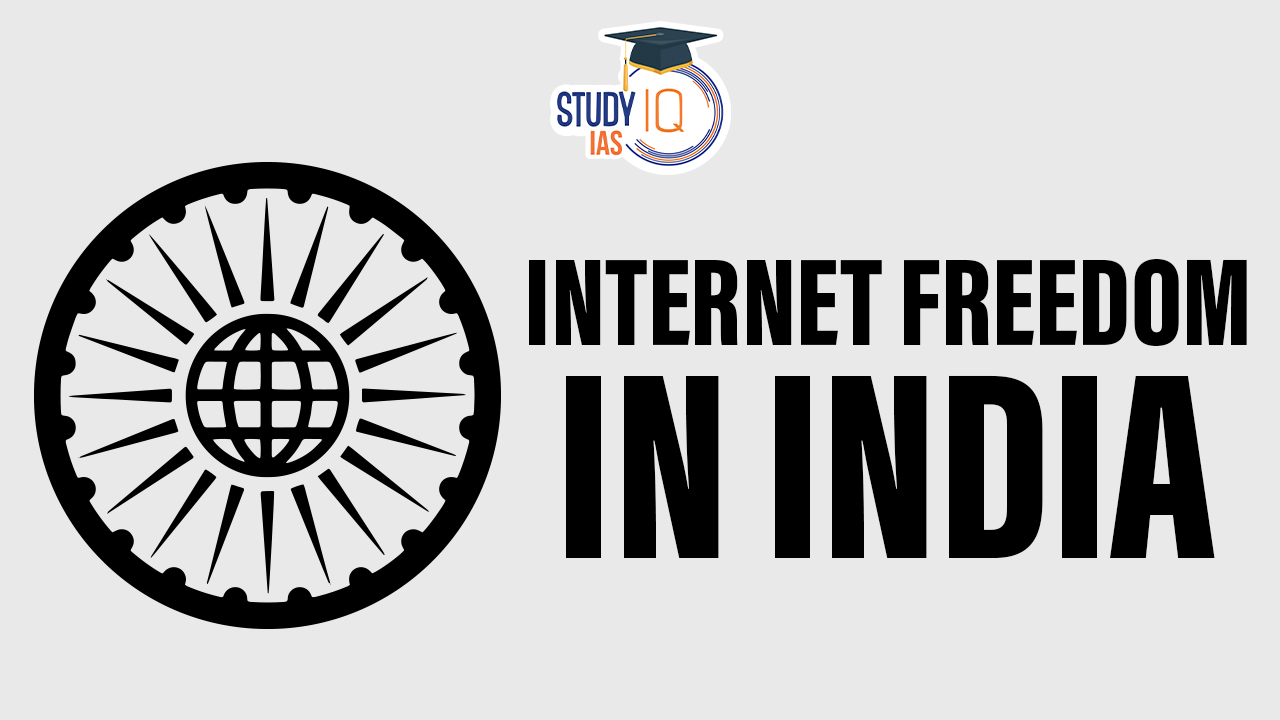Table of Contents
Context: India has been the world leader in internet shutdowns for five consecutive years, accounting for 60% of global blackouts from 2016 to 2022.
Internet Shutdowns in India
- Frequency: A total of 780 shutdowns were imposed by the Indian government from January 1, 2014, to December 31, 2023.
- Significant Events: Notable increases in shutdowns occurred during protests against the Citizenship Amendment Act (2019), the abrogation of Article 370 (2019), and the introduction of Farm Bills (2020).
- Economic Impact: Internet disruptions in India accounted for over 70% of the global economic loss in 2020.
- In 2023 alone, India experienced more than 7,000 hours of internet shutdowns.
Legal Framework and Responses
- Regulation: The Indian Telegraph Act allows states and union territories to impose internet shutdowns for “public emergency” or “public safety,” though definitions for these terms are not provided.
- Supreme Court Ruling: In the Anuradha Bhasin v. Union of India case, the court stated that internet shutdowns infringe on the fundamental right to freedom of expression and that indefinite shutdowns are unconstitutional.
- Compliance Issues: There is a lack of compliance with the court’s directive for governments to make shutdown orders public.
Regional Focus
- Jammu and Kashmir: This region experienced the highest number of shutdowns, with 433 incidents in the last 12 years.
- Manipur Blackout: The longest blackout in 2023 occurred in Manipur, lasting from May to December amid ethnic clashes.
- Recent Shutdowns: As of February 15, 2023, shutdowns were active in Haryana amid farmers’ protests. A British-era law was invoked to suspend mobile internet due to Punjab farmers’ protests in Delhi.
International Standards and Local Practices
- Failure to Meet International Standards: India’s imposition of blackouts in Jammu & Kashmir and Manipur did not meet the ‘three-part test’ of international law for blocking access or imposing coercive measures.
- Localised Outages: The majority of internet outages were localised to specific districts, cities, and villages.
- Global Trends: Protests are the most common reason for internet shutdowns globally, followed by information control and political instability.
Censorship and Cybercrime
- Website Blocking: More than 55,000 websites were blocked between 2015 and 2022, primarily under section 69A of the IT Act.
- Social Media Censorship: Almost 30,000 social media URLs (including accounts and posts) were blocked between 2018 and 2022, with the majority of requests sent to X.
- Cybercrime: Cybercrime cases in India surged from 5,693 in 2013 to over 65,000 last year.
- Cases have risen by almost 434% between 2016 and 2022, according to the National Crime Records Bureau.
India and Global Internet Freedom
- Freedom House Report: Global internet freedom has declined for the 13th consecutive year, with human rights online deteriorating in 29 countries.
- India’s Ranking: India’s score dropped from 59 points in 2016 and 2017 to 50 points in 2023, indicating a decline in internet freedom.
We’re now on WhatsApp. Click to Join
| Global Internet Freedom Report |
Global Outlook
|


 GPS Spoofing and Its Impact in India: A ...
GPS Spoofing and Its Impact in India: A ...
 Amrit Gyaan Kosh Portal: A Comprehensive...
Amrit Gyaan Kosh Portal: A Comprehensive...
 UpLink Initiative: Launched by World Eco...
UpLink Initiative: Launched by World Eco...





















